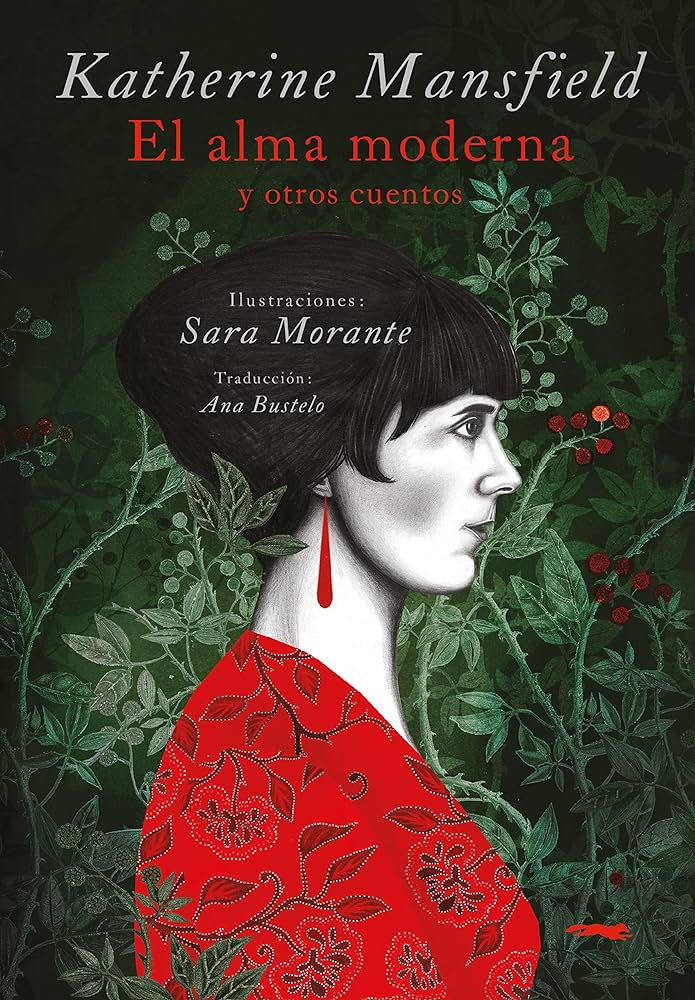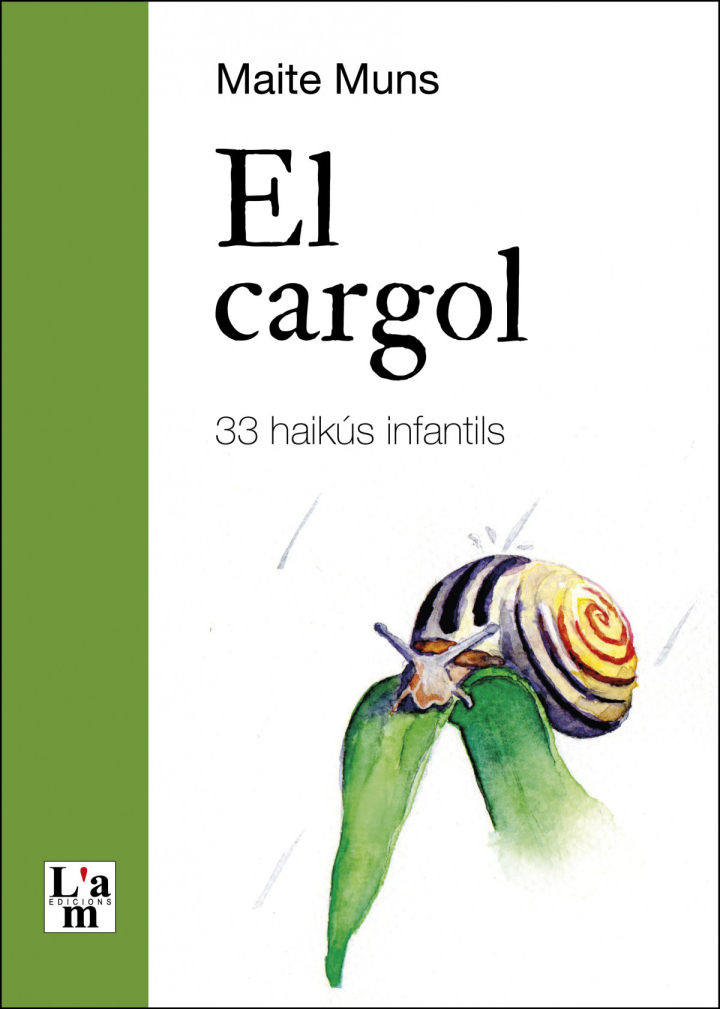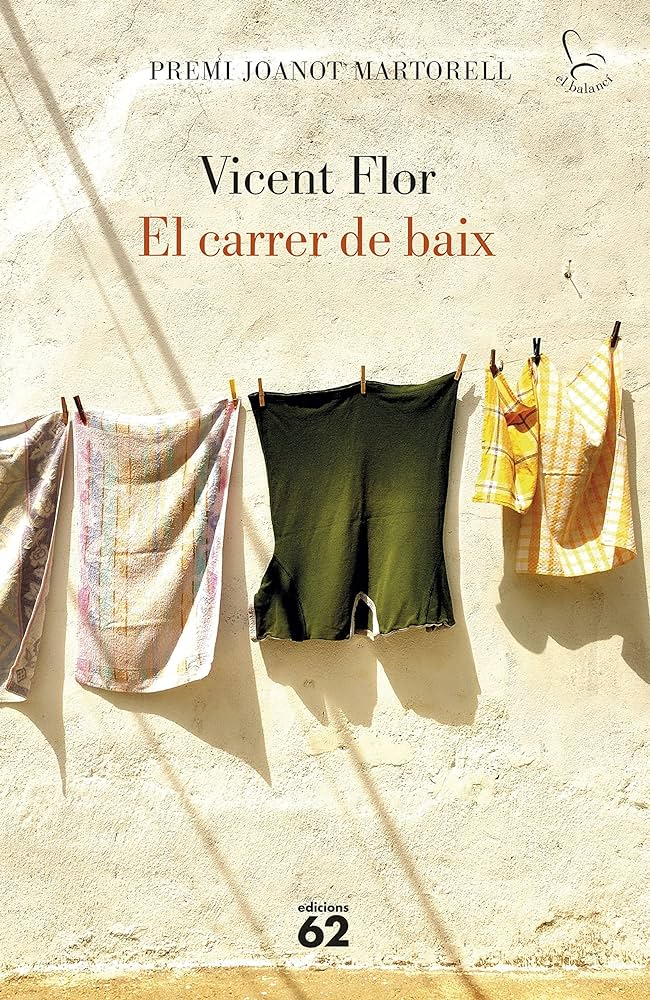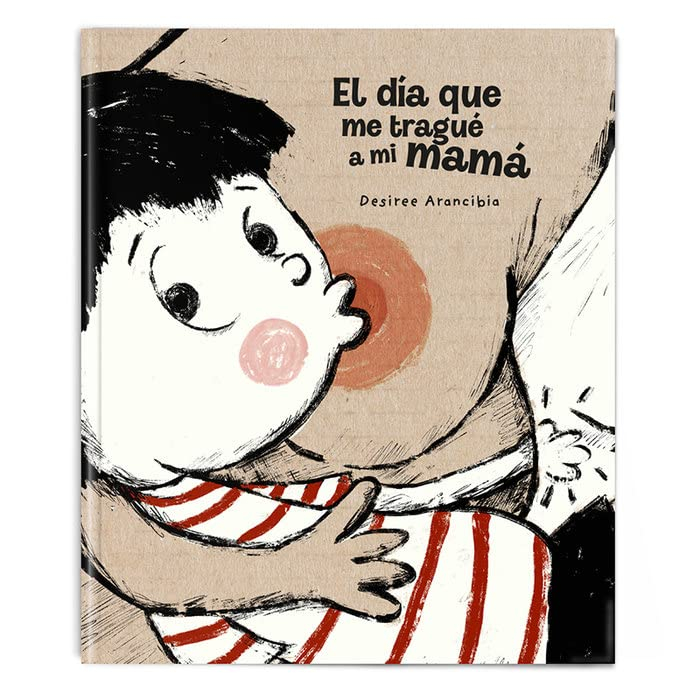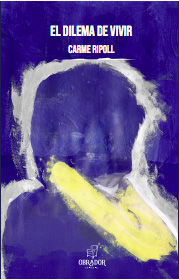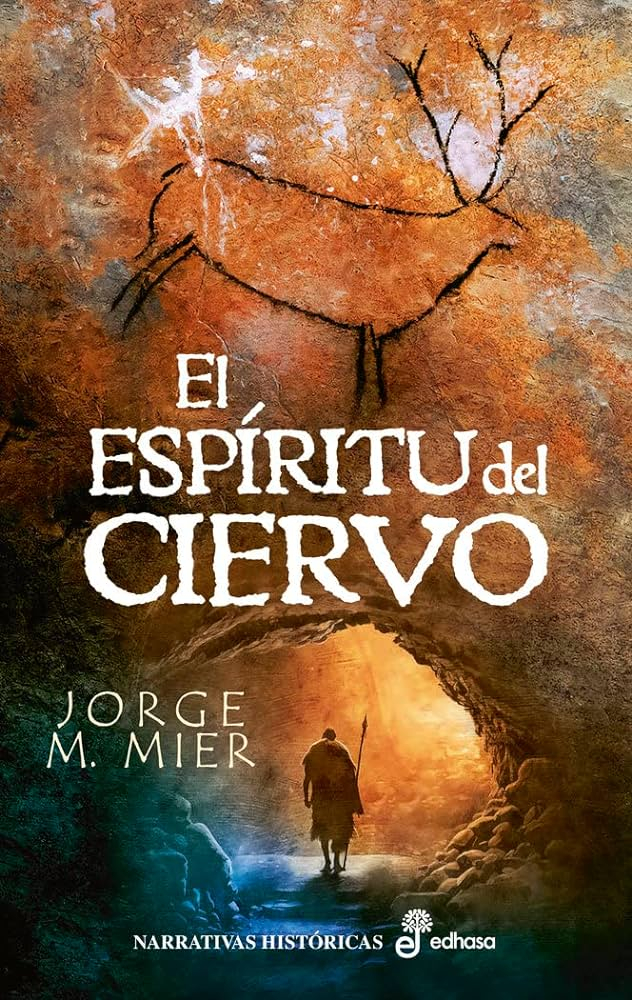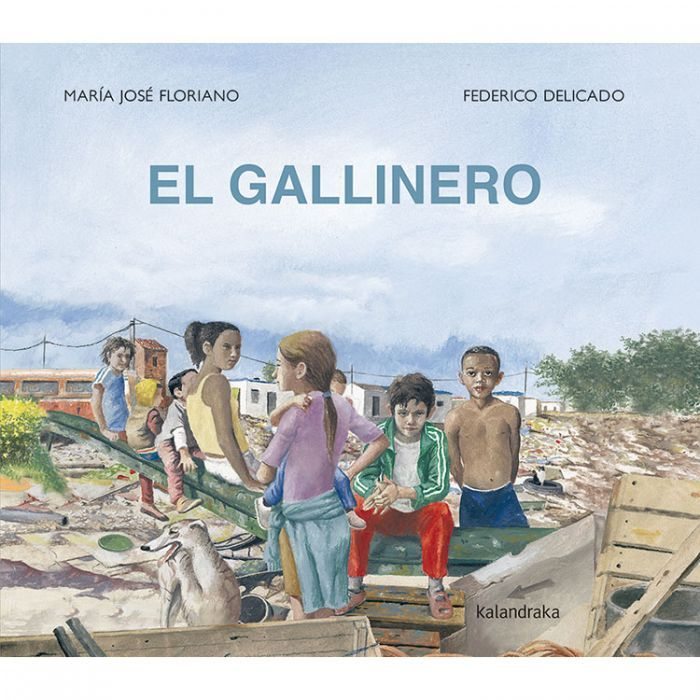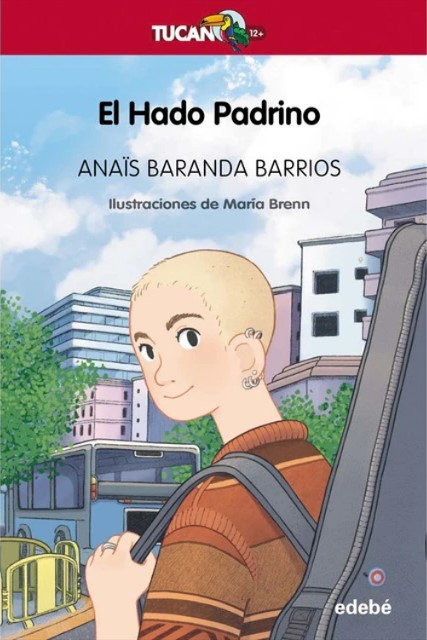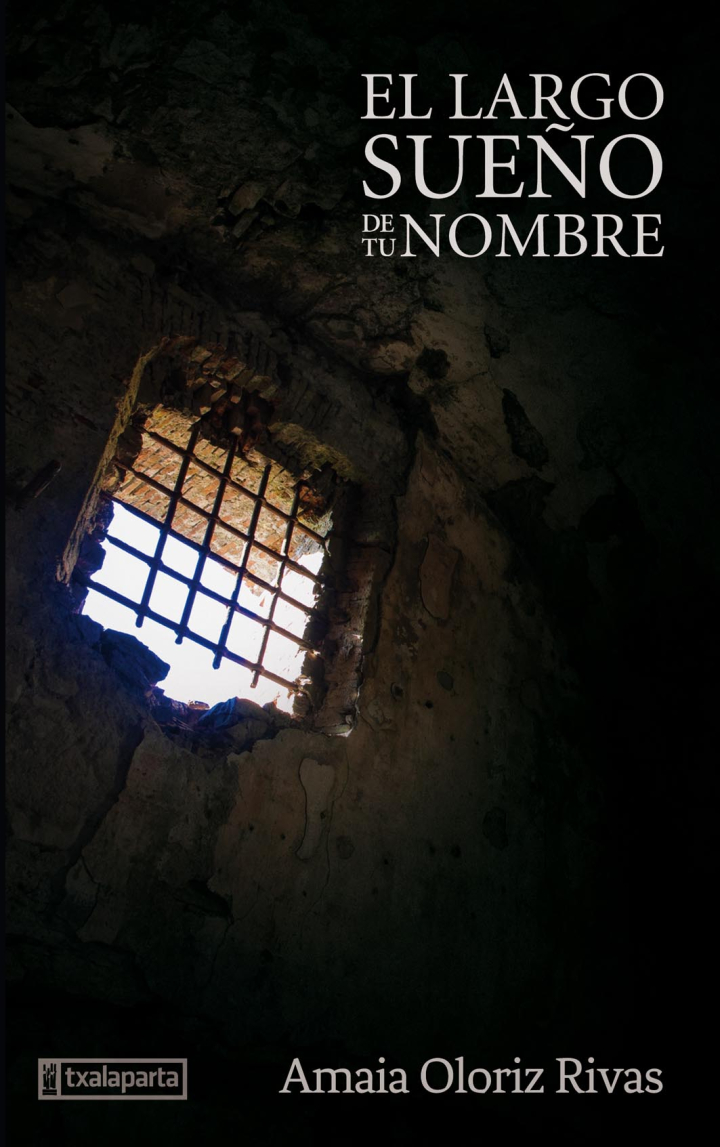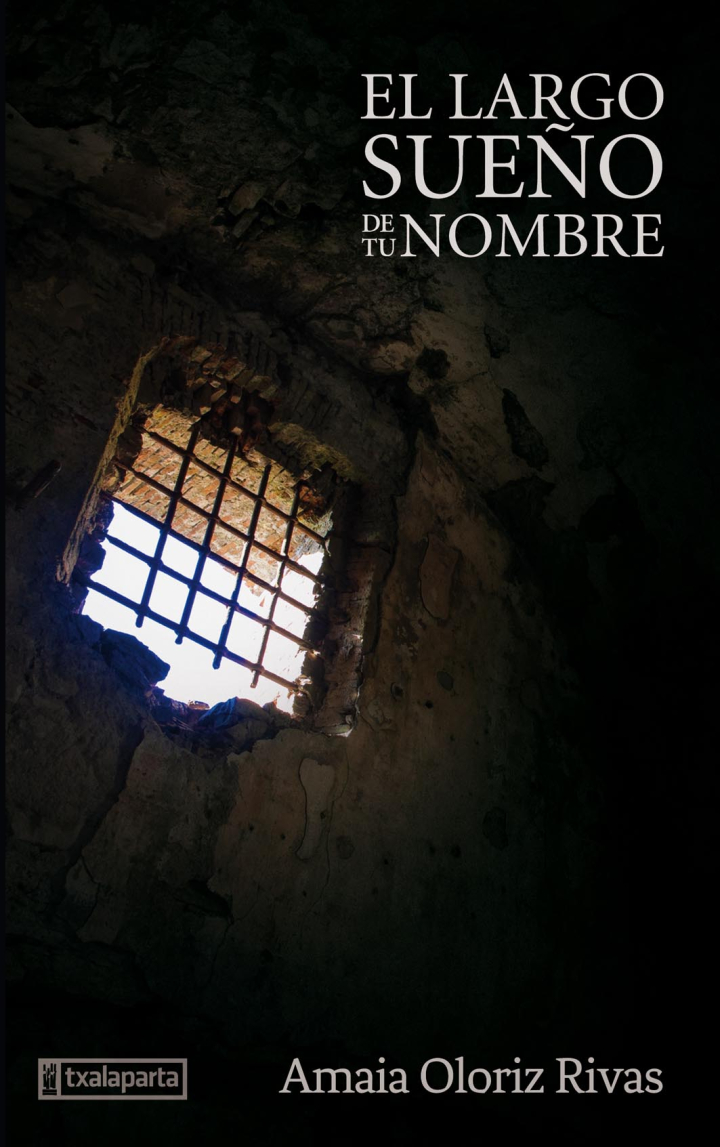NEW SPANISH TITLES
Katherine Mansfield was able to portray what is hidden beneath the surface better than anybody else.
These poems introduce children to Eastern poetry, particularly the popular haiku, a sort of poem that tries to channel Nature through the impression it makes on our senses.
Love and death are similar, almost as though they were siblings. They differ in appearance, but they live together.
One day just like any other, Milo feeds at his mum’s breast. But with all that guzzling he ends up swallowing his mum! Of course, he misses her and decides to go look for her.
Saying publicly, on television, that she was on the verge of suicide provokes a reaction from her friends and acquaintances that surprises Carme. They call her brave.
Boká is still a boy, but the laws of the clan must be obeyed. And, before migrating south for the winter, it is time for the great stag hunt.
The story takes place in Cañada Real, the largest shanty town in the whole of Europe.
Lucila feels different because of the way she looks: she has shaved her head, has loads of ear-piercings and wears masculine clothes. She lives with her two siblings and her father.
Pamplona, the 22nd of May, 1938. ‘You can leave, comrades, we’re free!’. The prisoner’s powerful voice carried across the prison courtyard.
„Pamplona, 22. Mai 1938. „Ihr könnt herauskommen, Genossen, wir sind frei!“ Die kraftvolle Stimme des Gefangenen drang über den Gefängnishof.


